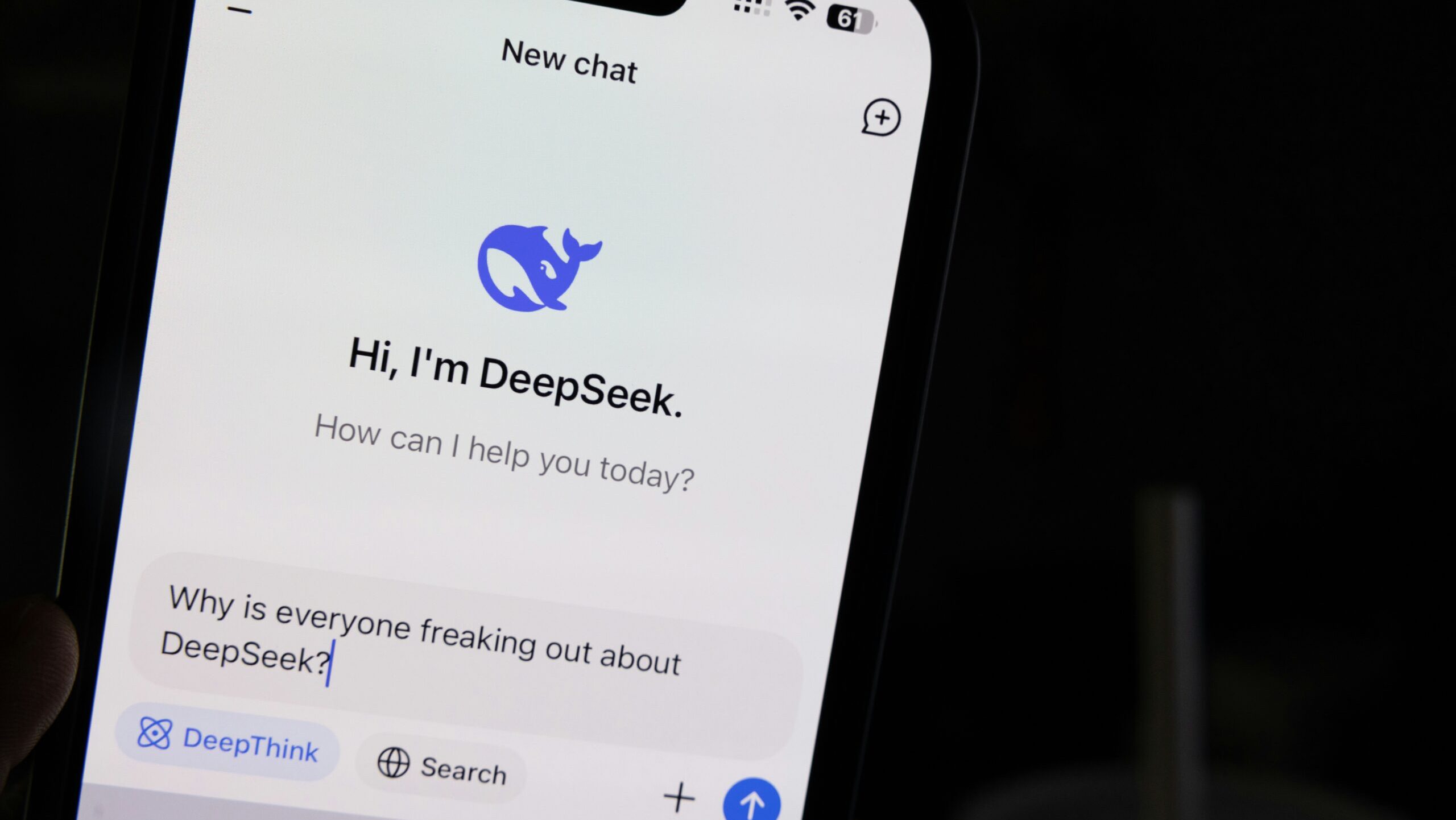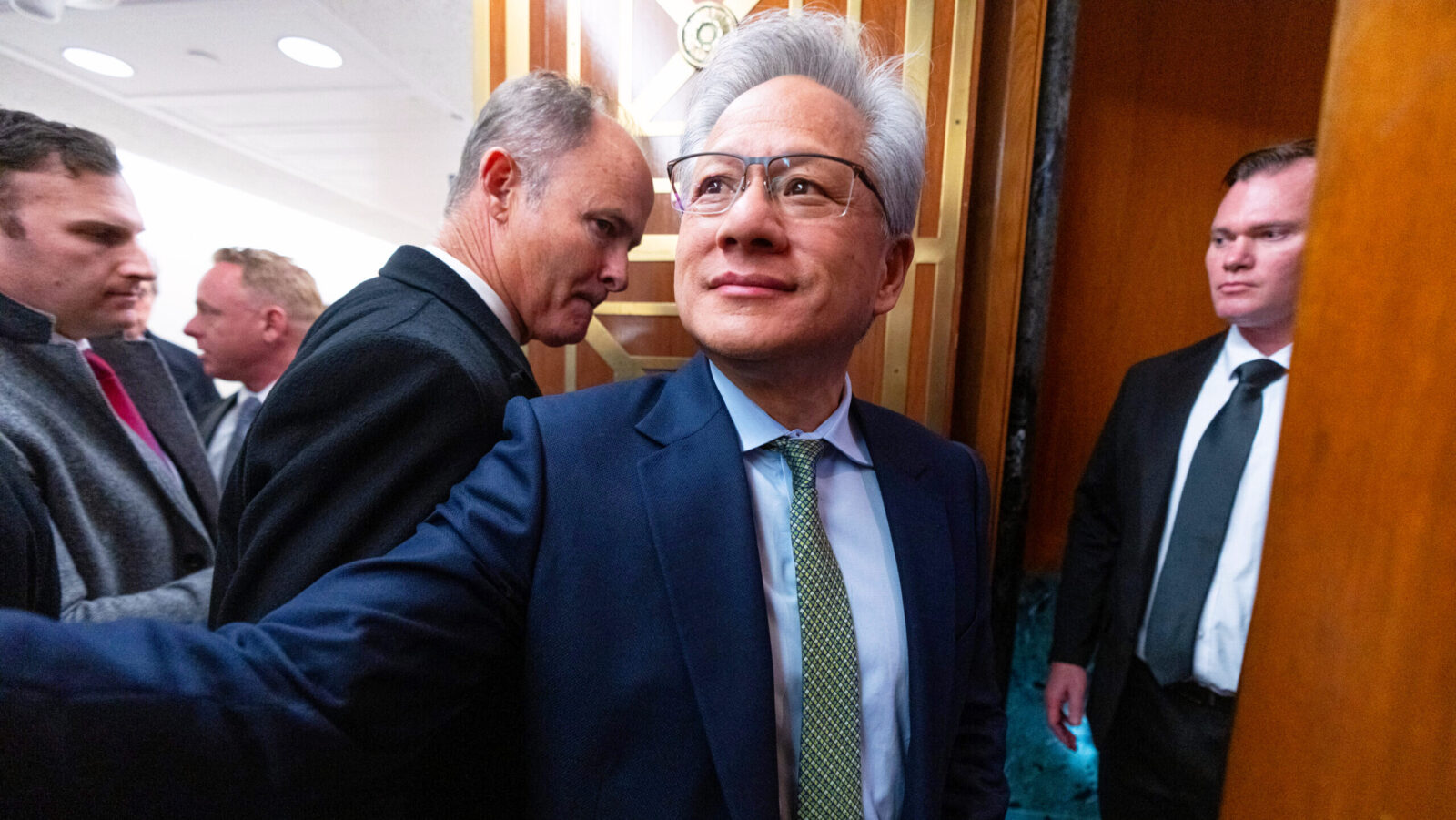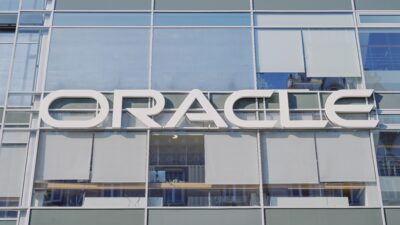China’s Revolutionary DeepSeek Turns to American Hardware for Upgrade
Seven months after DeepSeek’s debut, it appears the company needs some American rocket power to get its AI Sputnik off the ground.

Sign up for smart news, insights, and analysis on the biggest financial stories of the day.
When Chinese artificial intelligence startup DeepSeek debuted a chatbot that it said rivaled the best the United States had to offer, and at a fraction of the cost, venture capitalist Marc Andreesen called it “AI’s Sputnik moment.”
Seven months later, it appears DeepSeek needs some American rocket power to get its AI Sputnik off the ground. A Financial Times report on Thursday revealed that the release of DeepSeek’s new model was delayed after attempts to train it using chips from China’s Huawei failed.
Chip Shot Comes Up Short
After DeepSeek released its chatbot, based on the DeepSeek-R1 model, in January and saw it climb all the way to the top of Apple’s iOS App Store, Nvidia’s market value shed a stunning $600 billion, or 18% of its value. It was the biggest single-day loss for a stock in US history.
Nvidia, of course, has more than recovered: Last month, it became the world’s first $4 trillion company, as investments and improvements in AI models have continued unabated following the initial shock caused by the revelation of a highly efficient Chinese competitor to US AI models. In fact, it seems DeepSeek’s forthcoming model will depend on Nvidia before it finds its way to the App Store:
- Multiple sources told the FT that when the AI startup tried training its R2 model using Ascend chips made by China’s Huawei, they were insufficient for vast datasets, a crucial component of the development process. That left the company using Nvidia chips for training, and Huawei chips were used only for inference, which in AI refers to the step where an already trained machine learning model applies its training knowledge to newly introduced data (the simplest example being when someone asks a chatbot a question).
- While Nvidia recently struck an agreement with Washington to sell its H20 chips in China for a 15% cut of the revenue, Beijing has pressured companies there to use alternative technology developed by China’s Cambricon and Huawei. The problem is their chips suffer from greater stability issues, offer slower inter-chip connectivity between different circuits, and run on inferior software — so it’s sort of like being asked to tie your hands behind your back.
Chipping Away: Even if they’re not up to the cutting edge of the cutting edge, Huawei’s Ascend 910B and 910C chips remain highly useful for AI developers, including TikTok owner ByteDance, and the company is set to ship hundreds of thousands of units in 2025. Earlier this year, Huawei began contacting companies about testing a new chip in the early stages of development, the Ascend 910D, which it hopes will leapfrog Nvidia’s widely used H100.











